A new way to study our universe.
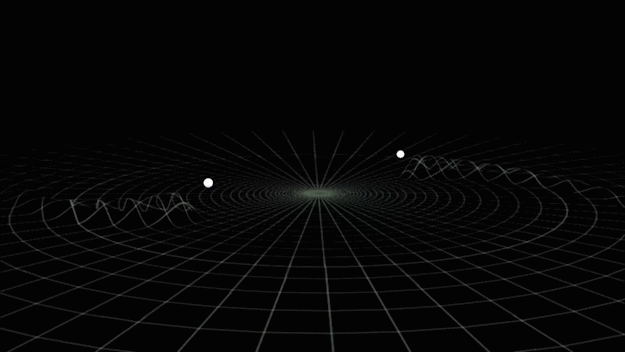
A wave can be described as a disturbance that travels through a medium from one location to another location From our elementally understanding we know wave usually two kinds, Longitudinal and Transverse.
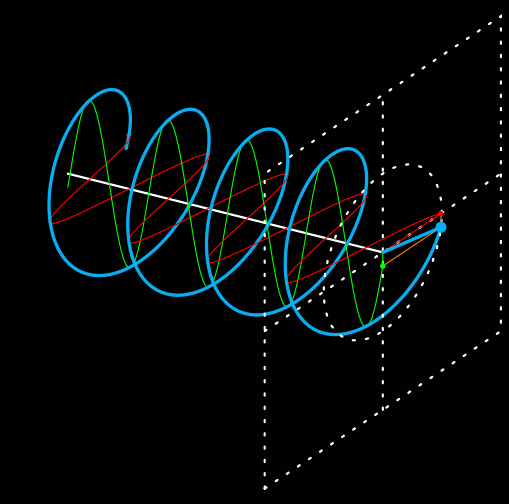
Fig:Transverse Wave
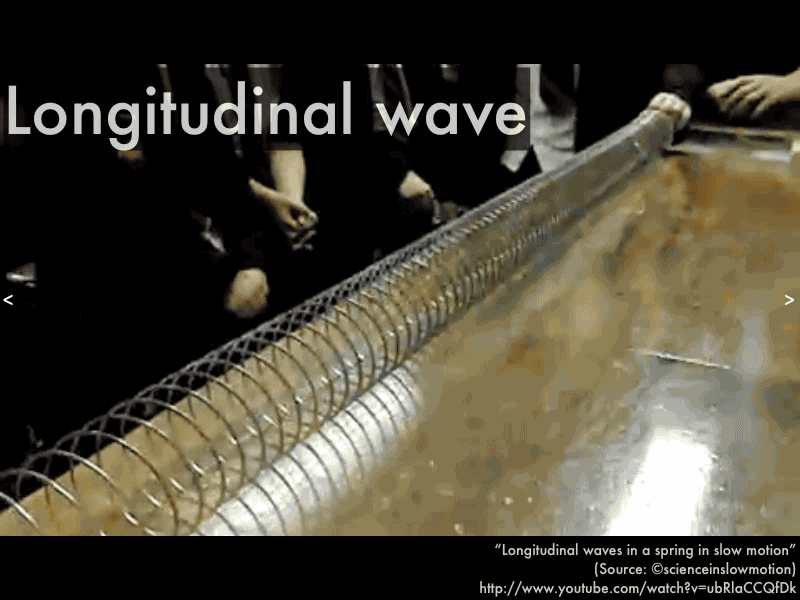
Fig: Longitudinal
Wave usually carry energy and momentum. But, from our higher thought we are now known another type of wave. It's called Gravitational waves(GW).
So, what is gravitational wave and who is behind of this wave?
Gravitational waves are the disturbance of space-time curvature caused by some of the most violent and energetic processes in the Universe.GW proposed by Henri Poincare in 1905 and finally predicted by Albert Einstein in 1916 in his general theory of relativity. Gravitational waves transport energy as gravitational radiation a form of radiant energy similar to EM (electromagnetic radiation).The strongest GW produced when there is a colliding black holes, explosion of binary star system even the birth of universe itself.
Properties of GW:
GW has two unique properties. Gravitational waves can pass through any medium without being scattered significantly and secondly there is no need any medium to carry this wave. When, light comes from far away from our observable universe, its carried all information from its birth place. If somehow that light blocked by any planet or interstellar dust, we can't get any information from that birth places, but gravitational waves will pass through essentially unimpeded. These two features allow gravitational waves to carry information about astronomical phenomena heretofore never observed by humans, and as such represent a revolution in astrophysics.
Sources and Types of Gravitational Waves:
Any object with mass that accelerates produces gravitational waves, including humans and cars and airplanes sun, earth, moon, binary start system even the ant. But the GW waves are made by us are so small to detect. Since we can’t generate detectable gravitational waves on earth, the only way to study GW is to look the places where they are generated by nature. Our mother nature has lost of mystery and it is has incredible massive objects like black holes, neutron stars, white drafts etc. that undergo rapid acceleration. Since this wave comes from hundred, thousands of light years away, so coming from a large distance it reduced it’s energy. But we are human beings, we know how to track our mother nature. In order to understand the gravitational waves, LIGO scientist have defined GW waves in four categories.
- Continuous Gravitational waves
- Compact Binary Inspiral Gravitational Waves
- Stochastic Gravitational Waves, and
- Burst Gravitational Waves.
Each category has unique property, vibrational signature, different massages that the interferometer can sense and the researcher can use the LIGO data for further analysis.
Now I am going to describe details of each gravitational waves.
Continuous Gravitational Waves :
This type of gravitational waves are produced by a single spinning massive object like neutron star, black hole. If the massive object is spinning in continues rate, then the wave is emitted by this object is continuous gravitational waves. The frequency and amplitude of this types off waves are almost constant.
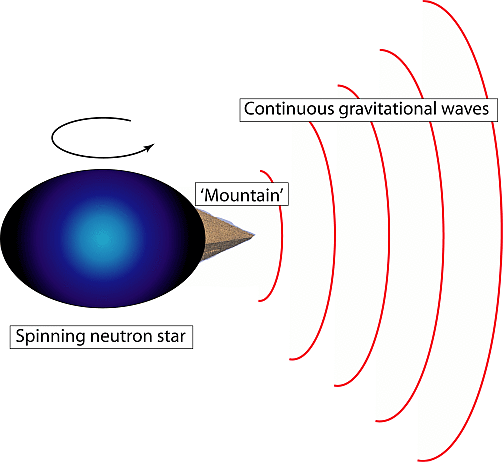
Fig: Continuous Gravitational Waves.
Compact Binary Inspiral Gravitational Waves:
When massive and dense pair of object like binary start black holes, white drafts are orbiting, then this type of gravitational waves are produced. When the two-massive object are close enough they move faster, and they lose more energy and create stronger gravitational waves. Compact Binary Inspiral Gravitational waves are characteristically short in duration (several seconds to less than a second long) and increase in frequency as the stars orbit ever-faster. The expected gravitational wave signals from merger of neutron stars and black holes have been modeled into audible signals based on the frequencies of the gravitational waves as they would arrive at LIGO's detectors.
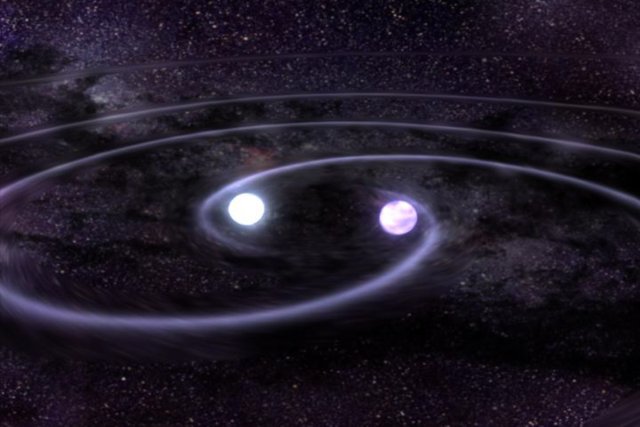
Fig: Compact Binary Inspiral Gravitational Waves.
Stochastic Gravitational Waves:
Every part of universe is creating different signals. Sometimes massive collision occurs in two black holes, sometimes with massive explosion there is end of supermassive star by creating white drafts. When this type of event occurred it’s also create GW. It is difficult to distinguish the different event. And scientists are usually called this type of event is Stochastic Gravitational Waves. This type of waves is based of randomness. But there is a hope by using this GW we can predict the Big Bang. Detecting the relic gravitational waves from the Big Bang will allow us to see farther back into the history of the Universe than ever before.
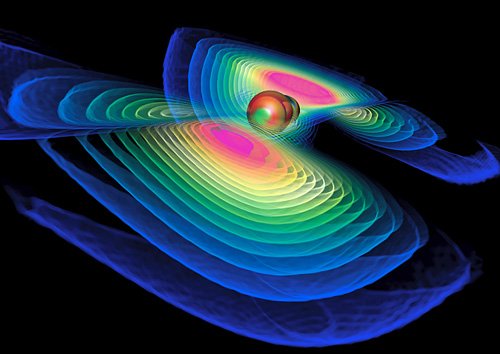
Fig: Stochastic Gravitational Waves
Burst Gravitational Waves:
Collisions of two neutron stars or a neutron star with a black hole are astrophysical phenomena which are likely to generate gravitational waves that are strong enough to be detected on Earth. (See the results of a recent LIGO and Virgo search for gravitational waves from compact binary systems.) These cataclysmic events are also thought to be the cause of some brief flashes of very energetic gamma radiation that are observed from all parts of the sky. Astronomers call these events "short gamma-ray bursts" (short GRBs), and the duration of the flash is usually shorter than two seconds. Longer-lasting gamma-ray bursts, or "long GRBs", are thought to be produced during the explosive death throes of super-massive stars,or supernovae, and may release burst-like gravitational waves.
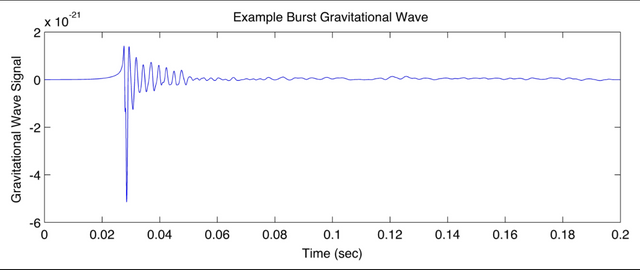
Fig: Burst Gravitational Waves.
How we detect the holy grail GW?
We were waiting last 100 years for proof of GW. Although GW is mathematically proof but as a human being we want to see what we made prediction using mathematical language. To detect GW US scientist develop gravitational-wave detector name LIGO(Laser Interferometer Gravitational-Wave Observatory ). These can detect a change in the 4 km mirror spacing of less than a ten-thousandth the charge diameter of a proton, equivalent to measuring the distance to Proxima Centauri with an accuracy smaller than the width of a human hair. Initial LIGO operations between 2002 and 2010 did not detect any gravitational waves. On 18 September 2015, Advanced LIGO began its first formal science observations at about four times the sensitivity of the initial LIGO interferometers. On 11 February 2016, the LIGO Scientific Collaboration and Virgo Collaboration published a paper about the detection of gravitational waves, from a signal detected at 09.51 UTC on 14 September 2015 of two ~30 solar mass black holes merging about 1.3 billion light-years from Earth. The detection of a third black hole merger, between objects of 31.2 and 19.4 solar masses, occurred on 4 January 2017 and was announced on 1 June 2017. A fourth detection of a black hole merger, between objects of 30.5 and 25.3 solar masses, was observed on 14 August 2017 and was announced on 27 September 2017.
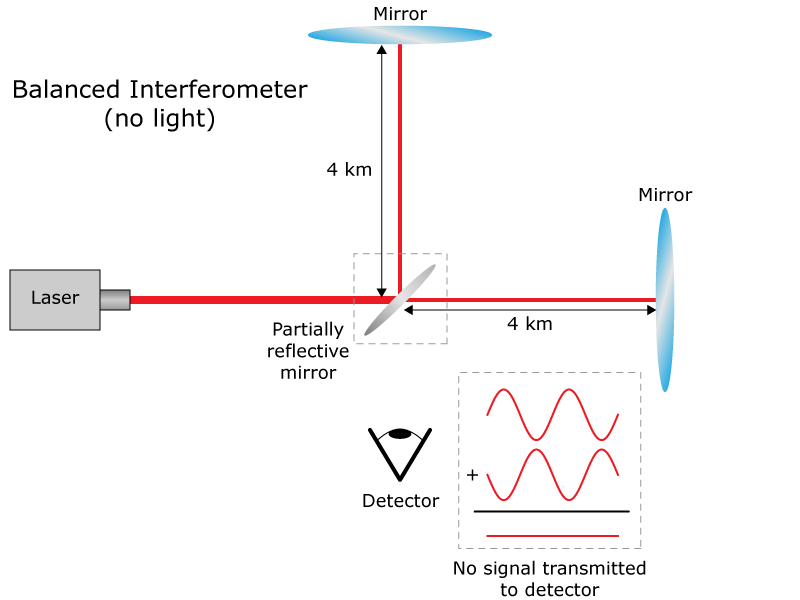
Fig: LIGO
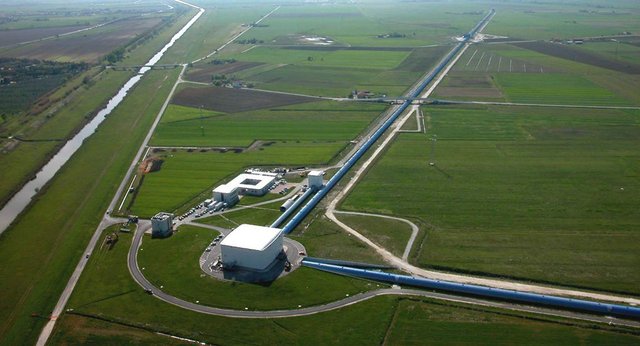
Fig: LIGO
The basic procedure of detecting GW is following ways:
The LIGO detectors are in Livingston, Louisiana, and Hanford, Washington. Each one consists of a giant L-shaped structure with arms 2.5 miles (4 kilometers) long. A laser beam shines down each arm from the crux of the "L," and mirrors at the ends of these arms reflect the light back. If the beams from both arms arrive back at the crux at the same time, they cancel each other out, and no signal is produced in the system's light detector. This is the normal, expected scenario. But if one of the beams arrives a bit late, a signal is produced, which could be evidence of a gravitational wave. Gravitational waves, after all, distort the fabric of space-time. A wave that passes through a LIGO detector — and "passes through" is a fairly apt description, because gravitational waves do not interact meaningfully with matter will lengthen space-time ever so slightly along one arm of the "L," and compress it along the other arm. "Ever so slightly" does not fully capture just how minuscule this distance change is, however. The effect LIGO observed last September works out to a shift of a millionth of a millionth of a millionth of a meter — about one one-thousandth the diameter of a proton.
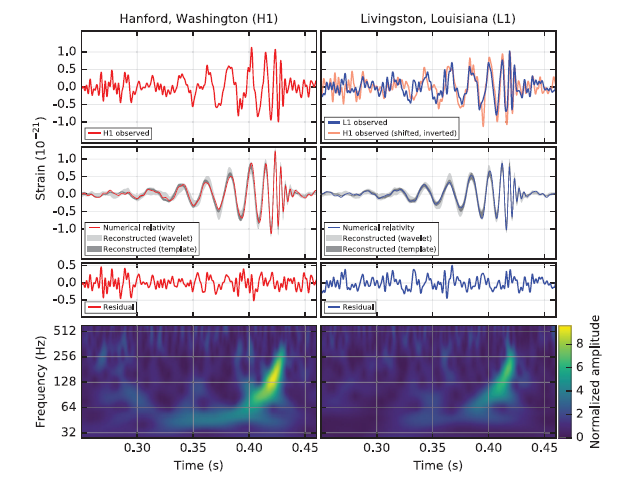
Fig: The gravitational-wave event GW150914 observed by the LIGO Hanford (H1, left column panels) and Livingston (L1, right column panels) detectors.
Reference
- https://en.wikipedia.org/wiki/Wave
- https://en.wikipedia.org/wiki/Gravitational_wave. [
- B. P. Abbott et al.* “Observation of Gravitational Waves from a Binary Black Hole Merger

A really great breakdown of some interesting physics. Thanks for the post!
This post has received a 2.09 % upvote, thanks to: @mdlitan.
You got a 1.92% upvote from @upmewhale courtesy of @mdlitan!
This post has received a 35.48 % upvote from @voterunner thanks to: @mdlitan.
You got upvoted from @adriatik bot! Thank you to you for using our service. We really hope this will hope to promote your quality content!